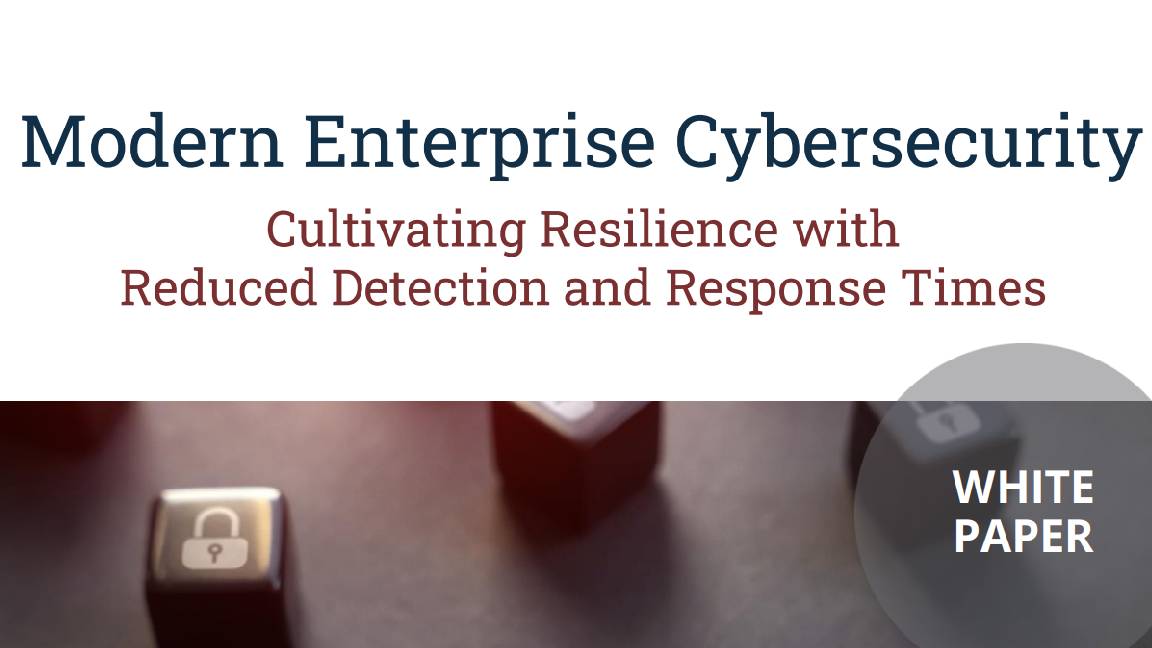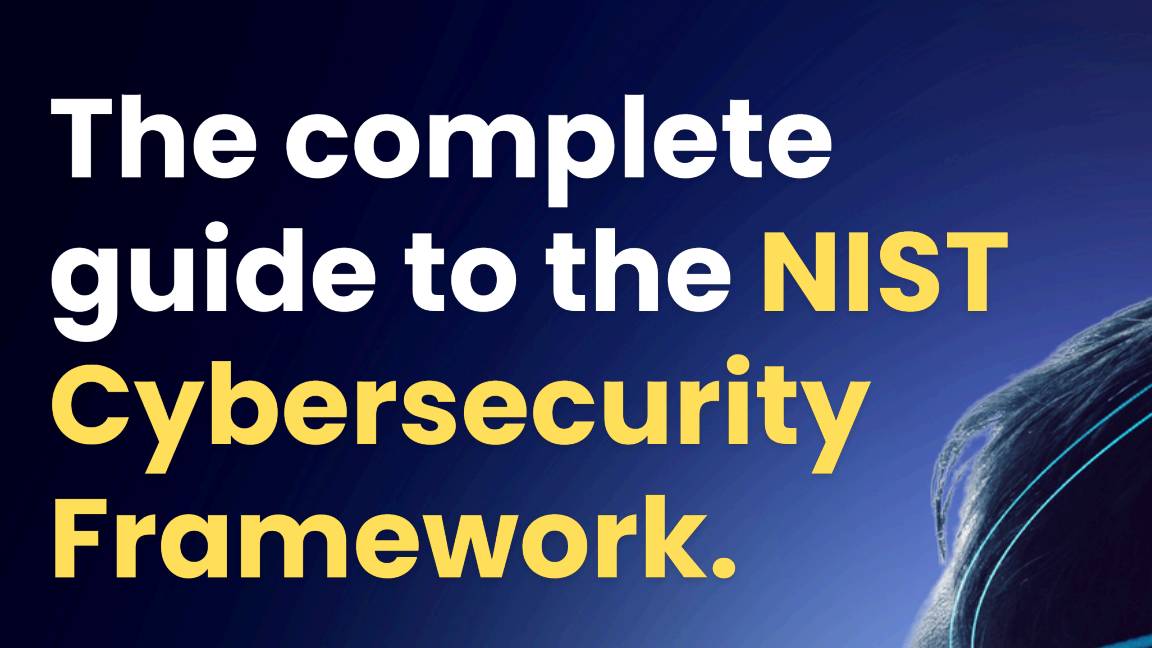‘Hundreds of thousands’ of victims in Microsoft Exchange Server attacks
Even if you patched the same day Microsoft released fixes, there’s every chance a web shell is on your server


There are potentially hundreds of thousands of victims from cyber attacks exploiting newly-discovered Microsoft Exchange Server vulnerabilities, with the White House urging businesses to patch their systems immediately.
US-based victims exceed 30,000 including small businesses, towns and cities as well as local government organisations, according to security researcher Brian Krebs, with Chinese hackers determined to steal their email communications.
This figure, however, only represents a portion of “hundreds of thousands” of servers that state-backed Chinese hackers have seized, based on information provided to Krebs by two security experts. Each targeted server, deployed to process email communications, represents roughly one organisation here.
“This is an active threat,” White House press secretary Jen Psaki said at a press briefing, as reported by BBC News. “Everyone running these servers - government, private sector, academia - needs to act now to patch them."
She added that the White House was concerned “there are a large number of victims” and that these vulnerabilities discovered last week could have “far-reaching impacts”.
Microsoft patched four actively exploited flaws in several versions of its Microsoft Exchange Server service last week, which attackers were taking advantage of to steal emails from web-facing systems running the software.
In these attacks, the perpetrators left behind a password-protected web shell that could be accessed from anywhere, giving them administrative access to victims’ servers.
Get the ITPro daily newsletter
Sign up today and you will receive a free copy of our Future Focus 2025 report - the leading guidance on AI, cybersecurity and other IT challenges as per 700+ senior executives
The company also warned businesses that this charge was being led by state-backed hackers, specifically the Hafnium group, although refrained from disclosing how many victims there were at the time.
RELATED RESOURCE

Managing security risk and compliance in a challenging landscape
How key technology partners grow with your organisation
The US Cybersecurity and Infrastructure Security Agency (CISA) then ordered US federal agencies to immediately patch their Exchange Server installations, or disconnect the programme until it can be reconfigured, for fear of falling victim to hacking attempts.
“Patching and mitigation is not remediation if the servers have already been compromised,” the White House’s National Security Council also tweeted. “It is essential that any organization with a vulnerable server take immediate measures to determine if they were already targeted.”
Vice president of Volexity, Steven Adair, who first reported the Exchange flaws to Microsoft, also told KrebsonSecurity that the hacking group first exploited these bugs on 6 January, but shifted into a much higher gear over the last few days.
“Even if you patched the same day Microsoft published its patches, there’s still a high chance there is a web shell on your server,” he said. “The truth is, if you’re running Exchange and you haven’t patched this yet, there’s a very high chance that your organization is already compromised.”

Keumars Afifi-Sabet is a writer and editor that specialises in public sector, cyber security, and cloud computing. He first joined ITPro as a staff writer in April 2018 and eventually became its Features Editor. Although a regular contributor to other tech sites in the past, these days you will find Keumars on LiveScience, where he runs its Technology section.
-
 DocuWare CEO Michael Berger on the company’s rapid growth
DocuWare CEO Michael Berger on the company’s rapid growthNews ChannelPro sat down with DocuWare CEO Michael Berger to discuss the company's rapid growth and channel strategy.
By Bobby Hellard Published
-
 Seized database helps Europol snare botnet customers in ‘Operation Endgame’ follow-up sting
Seized database helps Europol snare botnet customers in ‘Operation Endgame’ follow-up stingNews Europol has detained several people believed to be involved in a botnet operation as part of a follow-up to a major takedown last year.
By Emma Woollacott Published
-
 "Thinly spread": Questions raised over UK government’s latest cyber funding scheme
"Thinly spread": Questions raised over UK government’s latest cyber funding schemeThe funding will go towards bolstering cyber skills, though some industry experts have questioned the size of the price tag
By George Fitzmaurice Published
-
 Modern enterprise cybersecurity
Modern enterprise cybersecuritywhitepaper Cultivating resilience with reduced detection and response times
By ITPro Published
-
 IDC InfoBrief: How CIOs can achieve the promised benefits of sustainability
IDC InfoBrief: How CIOs can achieve the promised benefits of sustainabilitywhitepaper CIOs are facing two conflicting strategic imperatives
By ITPro Published
-
 The complete guide to the NIST cybersecurity framework
The complete guide to the NIST cybersecurity frameworkWhitepaper Find out how the NIST Cybersecurity framework is evolving
By ITPro Published
-
 Are you prepared for the next attack? The state of application security in 2024
Are you prepared for the next attack? The state of application security in 2024Webinar Aligning to NIS2 cybersecurity risk-management obligations in the EU
By ITPro Published
-
 The economics of penetration testing for web application security
The economics of penetration testing for web application securitywhitepaper Get the most value from your security solution
By ITPro Published
-
 How to extend zero trust to your cloud workloads
How to extend zero trust to your cloud workloadsWhitepaper Implement zero trust-based security across your entire ecosystem
By ITPro Published
-
 Four requirements for a zero trust branch
Four requirements for a zero trust branchWhitepaper Effectively navigate the complex and ever-changing demands of security and network connectivity
By ITPro Published